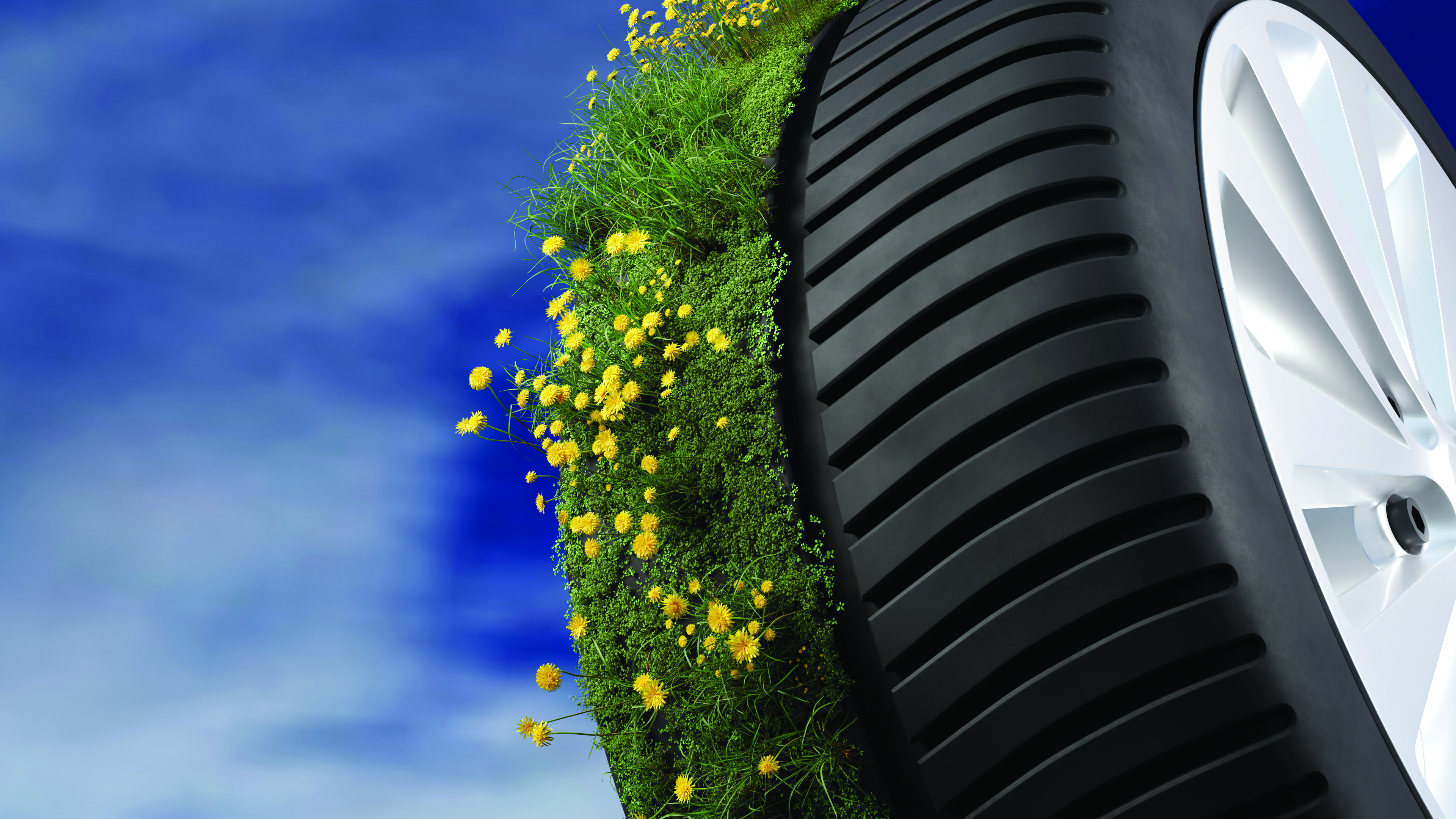With sustainability high on the agenda, cutting-edge tools such as AI and simulation are supporting
a more holistic approach to tire materials R&D
I have worked in the tire industry for 25 years, starting as a junior compounder and over time gaining experience in several positions in compounding, material development and research. In the mid-1990s the tire industry was a different world than it is now. Aside from digitalization, which began to transform the industry in the late 1990s, the relevance of sustainability grew rapidly from 2005 onward, particularly affecting compounding and substantially increasing the complexity of my job.
I joined the team at the Hankook European Technical Centre in Hannover in 2015, and then began focusing more deeply on sustainable material development a year later. As chief material specialist, I coordinate all the company’s European sustainability-related projects, working closely with my colleagues in the sustainability team at Hankook’s global R&D center in Daejeon, Korea.
Although the development of a tire compound can be handled by one person, sustainability requires a holistic approach. Making use of state-of-the-art facilities and instruments that have recently been installed in various laboratories is very important when evaluating new solutions to meet sustainability challenges. Furthermore, supply chain, production and recyclability must be considered from the sustainability point of view.
What makes sustainability fascinating and at the same time challenging is its limiting influence. An innovative mindset and holistic approach to the development of new products have become a necessity. In previous years the role of a compounder was straightforward: the focus was primarily on performance and safety targets with respect to process and quality constraints.
In the new era of sustainability, a lifecycle assessment (LCA) must be performed in the feasibility phase before starting any evaluation and industrialization process. The issue of recycling has moved from something to be thought about at the end of a tire’s life to something to be considered during the design phase. LCA is complex, covering the whole life of the product, including the impact of all materials used and possible modifications of ingredients during the lifecycle of the product.
Not only must fundamental tire-development targets such as performance, safety, quality and processability be achieved, but new aspects must also be considered, such as recyclability, regulatory compliance and supply chain adequacy. The localization of the supply source, carbon footprint and social responsibility are further constraints. Making the work of compounders even more difficult is the shorter time-to-market, which leads to condensed development stages including plant and tire testing.
To satisfy all these requirements, a new creative approach and robust experience in the areas of development and research are required. To support these activities, a new range of tools is now available, from artificial intelligence to powerful simulation software that enables a remarkable reduction in the laboratory and tire testing time. Digital verification needs a preliminary and detailed cross-check to
achieve a robust and reliable correlation between simulation and real life. I could not have imagined
the role of AI 25 years ago.
From a regulatory perspective, important EU directives are pushing stakeholders toward a more sustainable approach. The European Green Deal and the Registration, Evaluation, Authorisation and Restriction of Chemicals (REACH) provide a legal framework and will help the industry reach targets for achieving carbon neutrality in the coming years. As for the future, simulation and the role of artificial intelligence will become more relevant in the coming decades.
The toughest challenge I foresee over the next 25 years will be achieving a global commitment to a sustainable world – not only as a company or country, but as a whole industry and beyond.



